- Savage Blog
- Future of Wildlife Conservation: Where Do We Go from Here?
Future of Wildlife Conservation: Where Do We Go from Here?
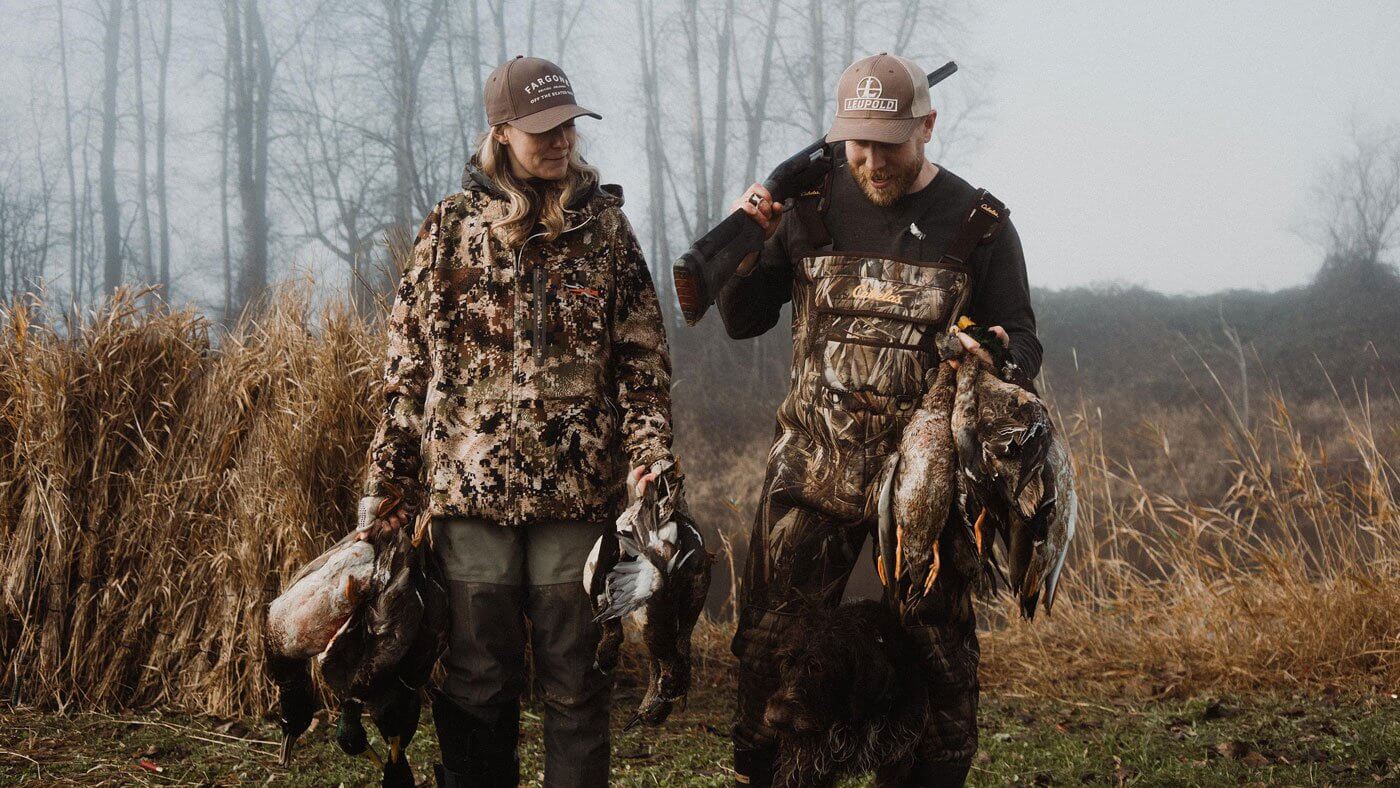
Wes Forbes is a recent Wildlife Management graduate from West Virginia University. In this blog, Wes discusses the future of wildlife conservation and how everyday hunters can help preserve wildlife and hunting opportunities for future generations
Wildlife conservation in North America is intertwined with hunters in ways that may not be obvious. Conservation has deep roots in crisis and recovery; in the early 1900’s, unregulated hunting and habitat destruction decimated many game species. Species like elk, beaver, and wild turkey were driven to near extinction across their native ranges.
What followed was a shift in thinking and action, a movement that was grounded in science, responsibility, and the belief that wild places and wild things are worth protecting. Conservationists like Aldo Leopold and Theodore Roosevelt laid the foundation, but it was the average American hunter who helped pay the bill.
Today, we face new and complex challenges. Urbanization, habitat fragmentation, declining hunter numbers, and changing cultural values are reshaping the landscape of conservation. The question is no longer just how we protect wildlife, but who will do it, how we’ll fund it, and what tools we’ll use to make it happen.
A Legacy of Success
The North American Model of Wildlife Conservation is widely regarded as the most successful framework of its kind. It’s based on several core principles:
- Wildlife is held in public trust.
- Science is the basis for making decisions.
- Hunting should be fair, regulated, and for legitimate purposes.
- Funding should come from those who use and value the resource.
This model led to the recovery of countless species that were once in danger of extinction. Elk now roam the Rockies and have been introduced into many states in the east. Wild turkey populations have expanded across the U.S. and Canada, and geese can be found from cut corn fields to suburban ponds. Trumpeter swans were once down to a wild population of just 69 individuals in the lower 48 in the 1930s and have since been brought to an estimated 63,000 wild individuals in North America.
I remember a story my grandad used to tell. When he was in school in the 1950’s, he saw a deer track and in the hallways of school for weeks to come kids approached him to hear the story. Today, whitetail deer are thriving across their range.
But this model has always relied on active participation and reliable funding, especially from hunters. As fewer Americans hunt each year, the sustainability of that funding model could be in jeopardy.
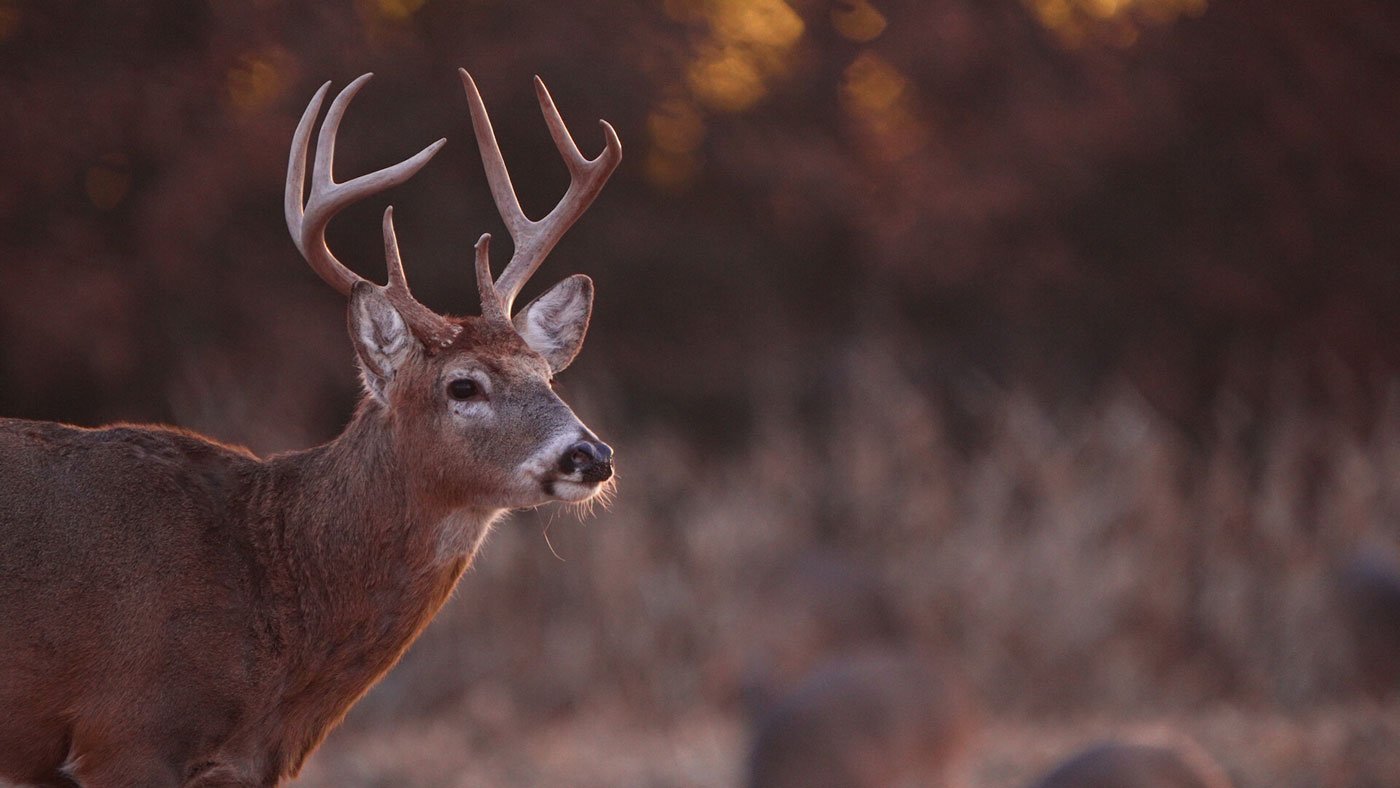
Where the Money Comes From
One of the most overlooked aspects of wildlife conservation is who pays for it. In the U.S. that’s largely hunters and recreational shooters, thanks in part to the Pittman-Robertson Act of 1937, which placed a federal excise tax on firearms, ammunition, and archery equipment.
Since its creation, this “user pays, everyone benefits” system has generated over $15 billion for state wildlife agencies, funding everything from habitat restoration to hunter education and public access. Some examples of these funds in action are West Virginia’s Conservation Areas, where Pittman-Robertson funding was used to obtain more wildlife management areas, and Montana’s Block Management Program, which uses these funds to pay private landowners who open their land to hunting.
Like all firearm and archery manufacturers, Savage Arms is part of this system. Every time a hunter purchases a Savage firearm, or a box of ammo for that firearm, part of that sale goes directly towards keeping America’s wildlife and public lands healthy and accessible.
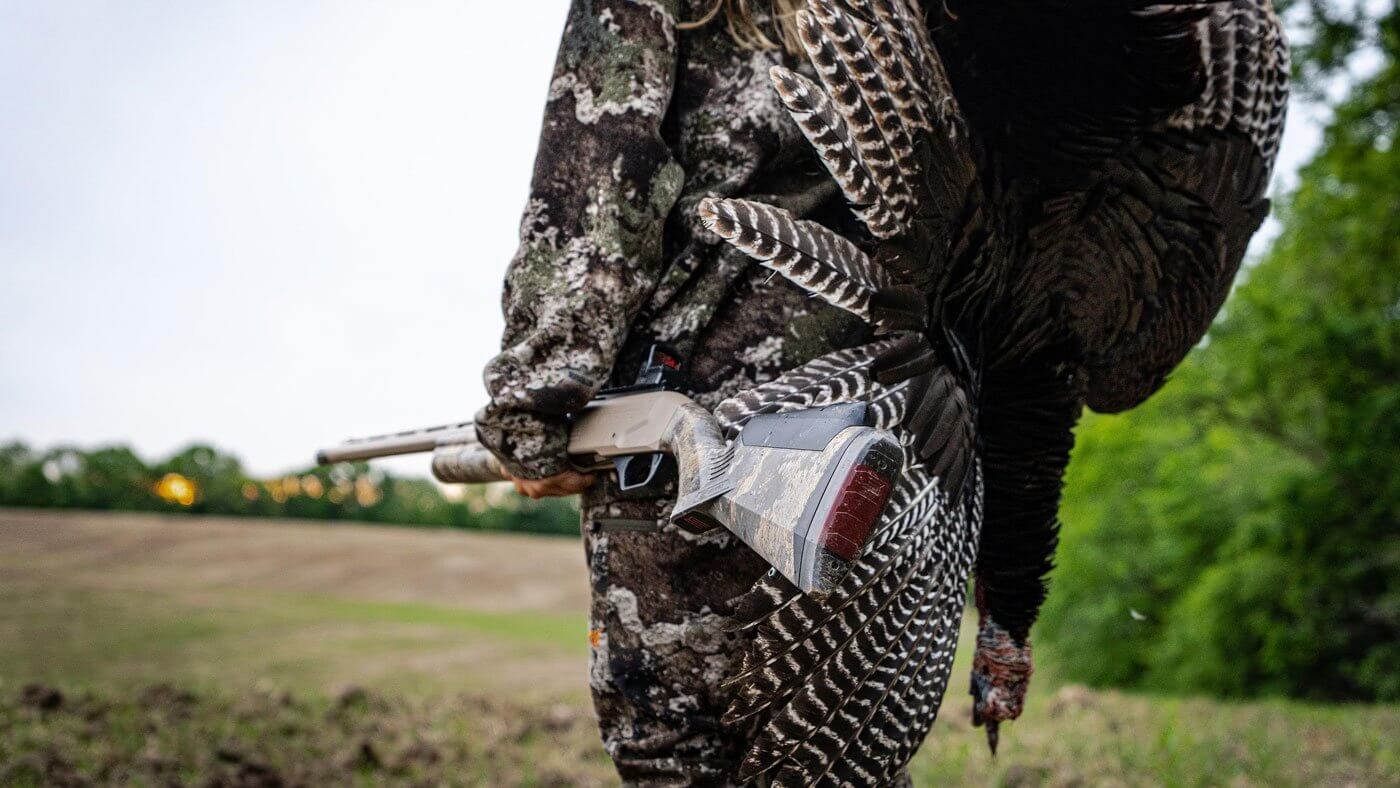
But, with hunter numbers declining, less revenue flows through this system, so hunters must find alternative funding while still keeping the hunter in mind.
New Challenges for a New Era
Conservation in the 21st century is not just about game animals. It’s about ecosystem health, biodiversity, and human-wildlife conflict. Some of the major hurdles we are faced with are:
- Habitat fragmentation through infrastructure development.
- Invasive species, like feral hogs, cause over $1.5 billion in damage annually, displacing countless native species.
- Public disconnect, fewer Americans are growing up hunting, fishing, or even spending time outside.
Solving these issues requires more than just money; it requires innovation, education, and collaboration.
The Rise of New Stakeholders
While hunters have historically carried the load, today we’re seeing a broader conservation community. Bird watchers, hikers, and wildlife photographers are starting to see their role in protecting natural resources. Agencies and nonprofits are finding creative ways to engage these users through access fees, voluntary contributions, and educational programs.
Still, hunters remain one of the most passionate and reliable sources of both funding and knowledge. Preserving this tradition and getting more people involved will be crucial in moving forward.

The Role of New Technologies
Technology is revolutionizing how we study and manage wildlife. Today’s conservationists rely on a growing toolkit that includes:
- GPS collars to track animal movements in real time.
- Drones for habitat surveys, wildfire assessments, and non-intrusive population counts.
- Trail cameras and remote sensors to collect behavior and occupancy data.
- Genetics and disease testing to monitor population health.
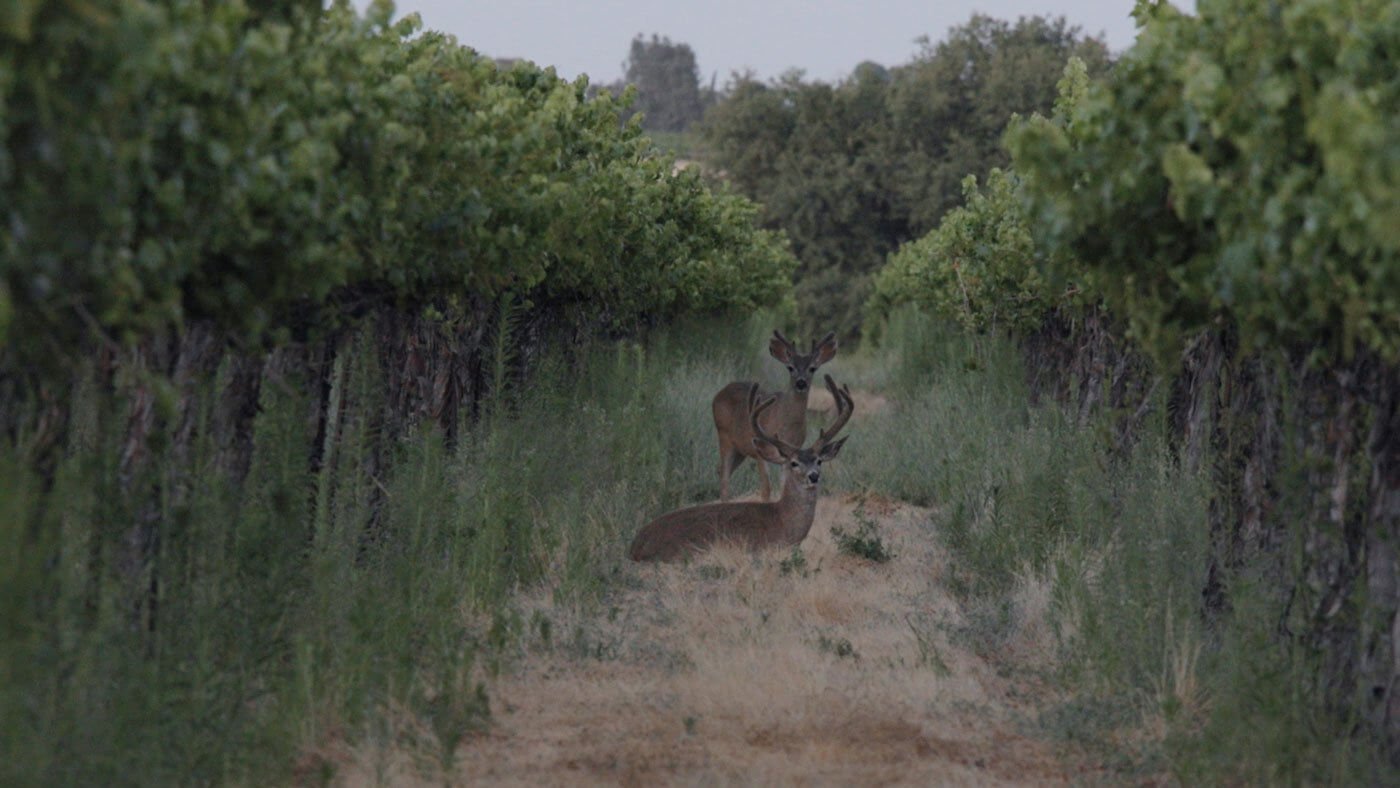
These innovations make wildlife management more precise, efficient, and adaptive. Enabling faster, more informed responses to emerging threats.
Firearm and gear manufacturers like Savage Arms also have a stake in the future. By making products that emphasize precision and durability, they support sustainable harvest practices. They also invest in public awareness campaigns and partnerships with conservation organizations like the Rocky Mountain Elk Foundation, Ducks Unlimited, and others.
Savage Arms also understands that the future of hunting and the future of wildlife conservation go hand in hand. That's why they partner with and support various conservation organizations like Delta Waterfowl, the National Wild Turkey Federation, Pheasants Forever, Backcountry Hunters and Anglers, and the Theodore Roosevelt Conservation Partnership. They also support organizations like Pass it On! Outdoor Mentors who are focused on mentoring new hunters and passing on our hunting heritage to the next generation.
Signs of Positive Momentum
Despite recent challenges, the future of wildlife conservation is far from bleak; in fact, it's now brighter than ever in many respects. Conservation is becoming more collaborative. Universities, non-profits, private landowners, and corporations are working together in ways that have not been seen before.
Grassroots initiatives, like local habitat restoration projects and citizen science programs, are allowing everyday people to contribute meaningfully to wildlife research and land stewardship. Programs that connect youth with nature are expanding, helping to rebuild the lost connection between people and the outdoors.
There is also growing awareness around the need for conservation. This broader support base means new voices, new ideas, and new excitement for the cause.
So, Where Do We Go From Here
To ensure wildlife conservation thrives for generations to come, here are a few musts:
- Recruit, Retain, and Reactivate (R3) hunters through mentorship programs, accessible public lands, and inclusive outreach.
- Engage non-hunting users in conservation funding and education.
- Advance wildlife science through university research, data sharing, and public policy.
- Support conservation minded companies that contribute to and support conservation funding.
- Promote outdoor literacy in schools and communities.
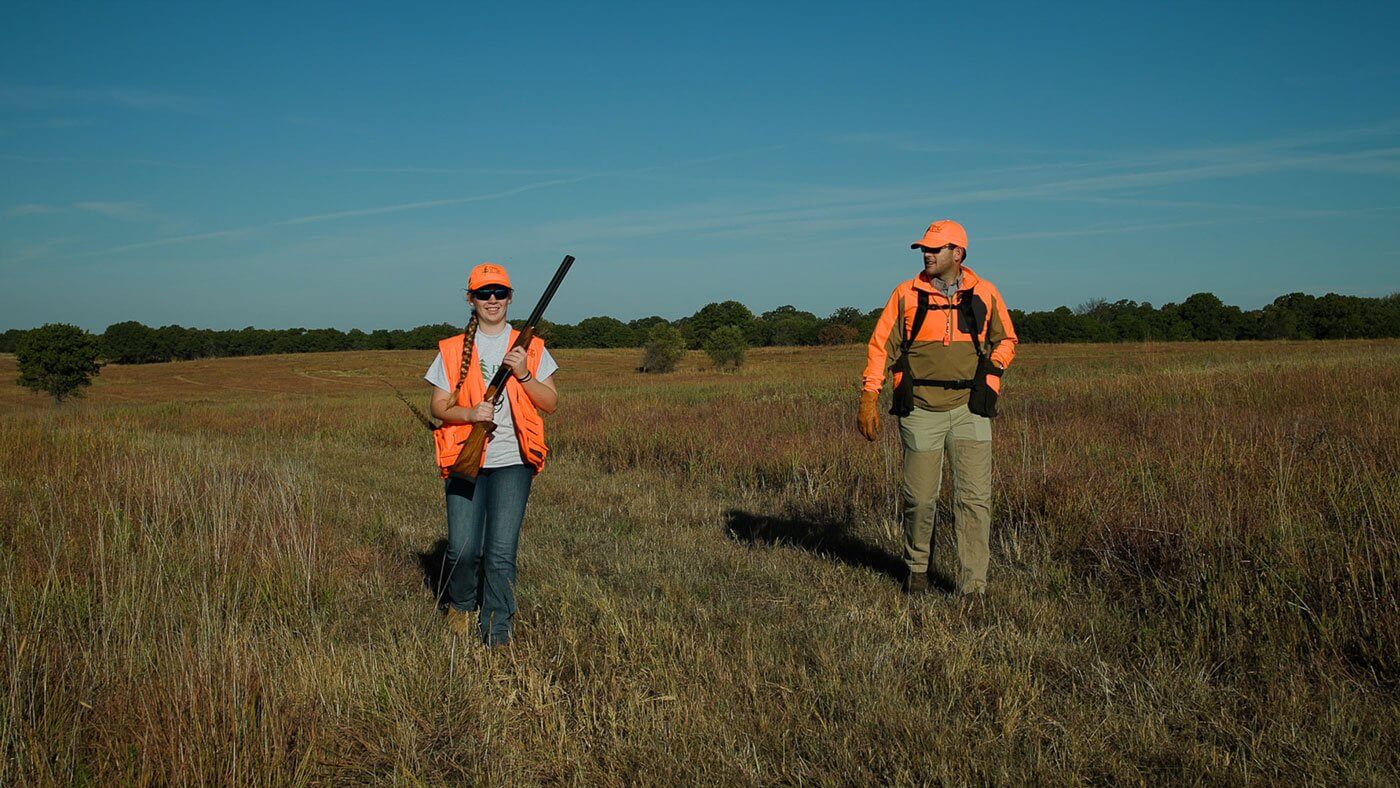
The future of wildlife conservation depends on us adapting without forgetting where we came from. We need old wisdom and new ideas, seasoned hunters and curious newcomers, rifles, and research.
As a wildlife professional and lifelong outdoorsman, I believe we’re at a turning point. With the right tools, the right people, and a shared vision, we can build a future where wildlife and people both thrive.
Let's not just ask where we go from here; let's make sure we move forward.

